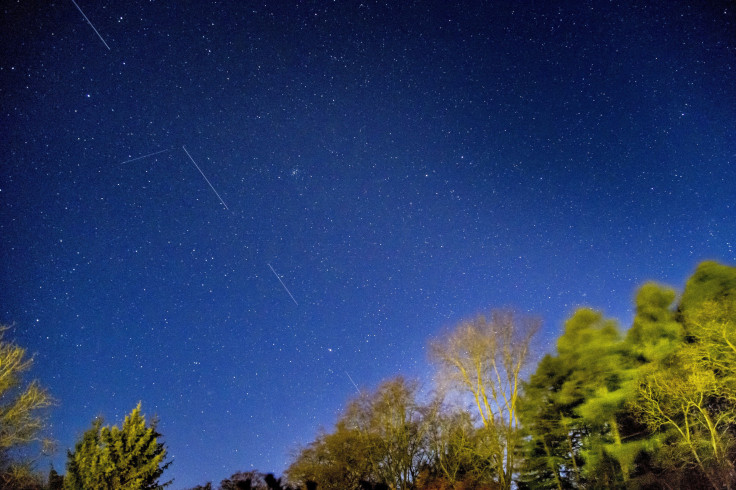£850m Space Mission Sends Back First Images from Euclid Space Telescope
The European Space Agency's ambitious mission, valued at €1 billion (equivalent to £850 million), has a primary focus on unravelling the mysteries of dark matter and dark energy.

The universe's most enigmatic realms are slowly unveiling their secrets, thanks to the Euclid telescope, which has recently beamed back its first images from its "dark universe" mission.
In a groundbreaking step towards understanding the mysterious forces shaping our cosmos, the Euclid telescope's early results promise to redefine our knowledge of the universe's hidden facets.
Euclid, an ambitious space telescope project developed by the European Space Agency (ESA) in collaboration with NASA, successfully captured and transmitted its initial data, marking a significant milestone in its mission to explore the "dark universe".
The European Space Agency's ambitious mission, valued at €1 billion (equivalent to £850 million), has a primary focus on unravelling the mysteries of dark matter and dark energy.
Together, these enigmatic forces constitute a staggering 95 per cent of the universe, yet their true natures remain largely concealed from human understanding. The initial images unveiled by the mission offer a mesmerising glimpse into the cosmos, featuring the Perseus galaxy cluster and the Horsehead nebula in breathtaking detail.
Notably, these images can capture the essence of approximately 100,000 galaxies in a single frame, vividly showcasing the telescope's unparalleled capability to deliver exceptionally sharp observations across the vast and boundless expanse of space.
The Euclid telescope, equipped with a 1.2-meter-diameter mirror and a powerful visible and near-infrared camera, was launched into space in December 2022, embarking on a six-year mission to map and measure the universe's expansion and distribution of matter.
Professor Carole Mundell, who serves as the Director of Science at the European Space Agency (ESA), expressed that the mission, launched in July, is poised to boldly venture into unexplored realms of scientific understanding, pushing boundaries that extend "beyond Einstein."
She said: "As humans, we've managed to figure out how 5 per cent of the universe works and we've also figured out that there's another 95 per cent that remains unknown to us. We can't travel out to the edge of the universe to investigate, but we're bringing those images back to Earth and studying them on computers – and for only €1.4bn. I think it's magical."
"Dark matter pulls galaxies together and causes them to spin more rapidly than visible matter alone can account for; dark energy is driving the accelerated expansion of the universe. Euclid will for the first time allow cosmologists to study these competing dark mysteries together," she added.
Moreover, the Euclid telescope's mission contributes to international collaboration in space research. The collaboration between ESA and NASA highlights the importance of shared expertise and resources in tackling the most profound questions about the universe.
The recent success of the Euclid telescope reinforces the UK's continued commitment to space exploration and the study of astrophysical phenomena. British scientists and engineers have played a crucial role in the development and operation of the Euclid mission.
René Laureijs, the ESA's Euclid project scientist, also shared: "We have never seen astronomical images like this before, containing so much detail. They are even more beautiful and sharp than we could have hoped for, showing us many previously unseen features in well-known areas of the nearby universe. Now we are ready to observe billions of galaxies, and study their evolution over cosmic time."
The Euclid telescope's journey to uncover the secrets of the "dark universe" has only just begun. As scientists eagerly await the mission's first data release in 2024, the universe's deepest mysteries remain within reach.
The telescope can detect galaxies out to 10bn light years to create the largest cosmic 3D map ever made. With every image and data transmission, the Euclid telescope brings us closer to comprehending the enigmatic forces shaping our cosmos, reminding us of the boundless wonders that the universe has yet to reveal.
© Copyright IBTimes 2025. All rights reserved.





















